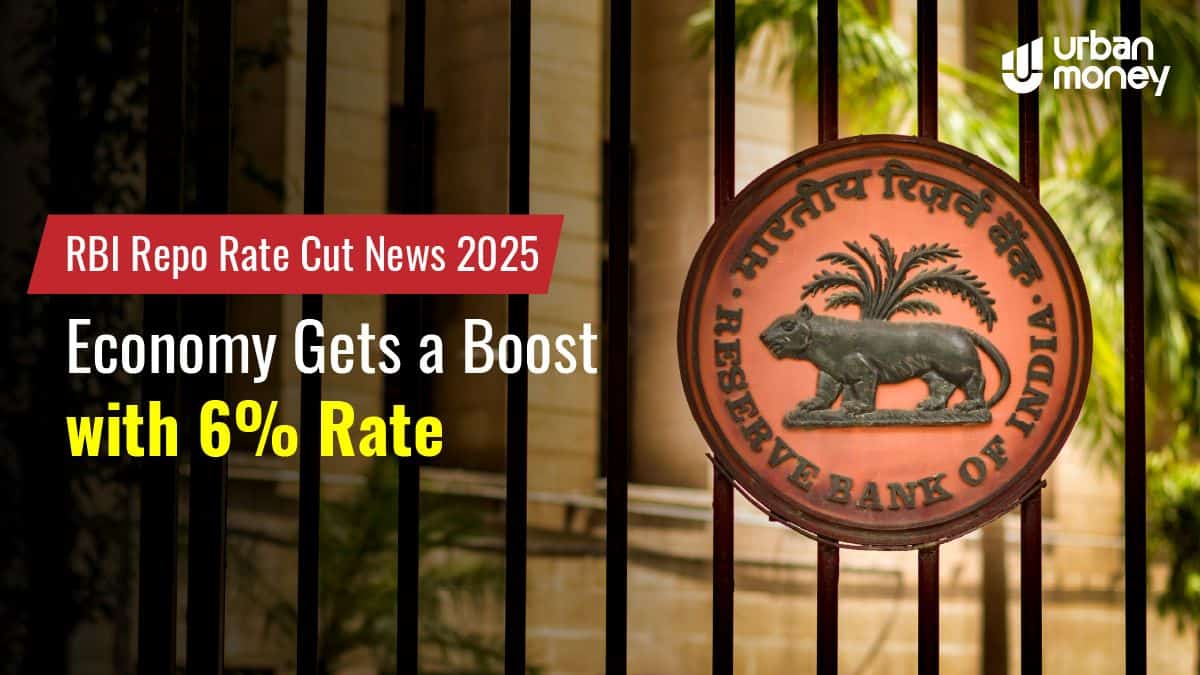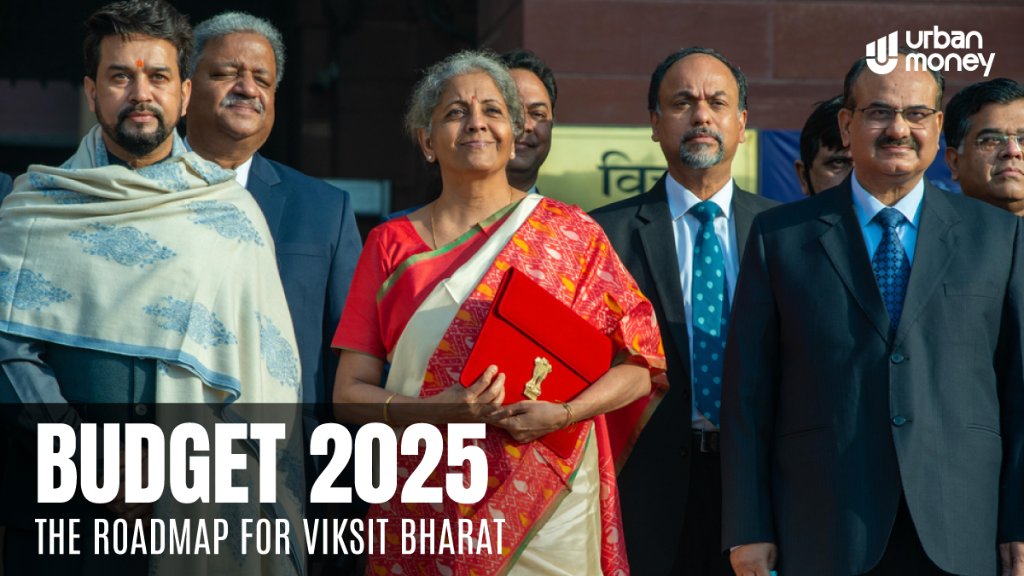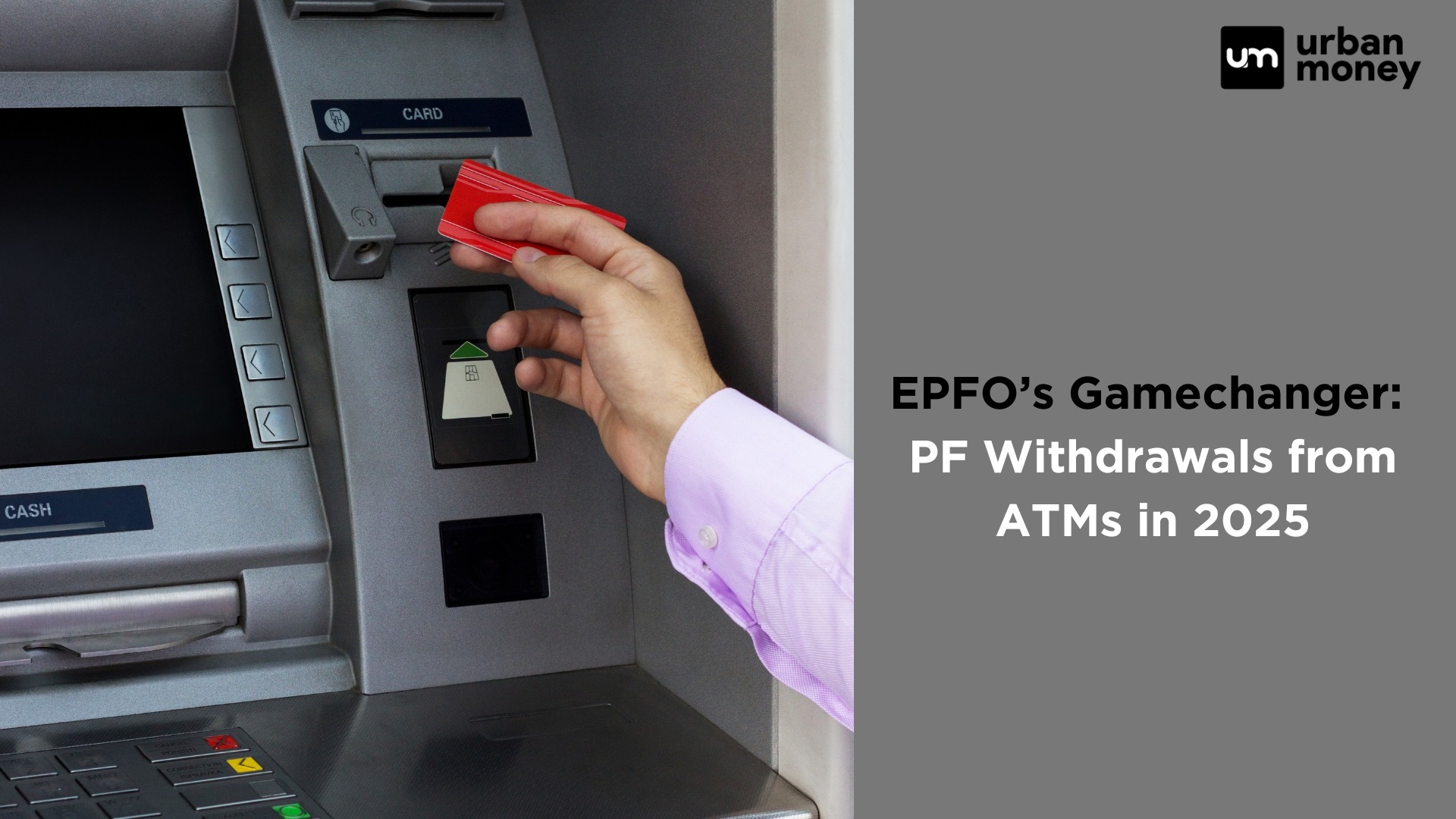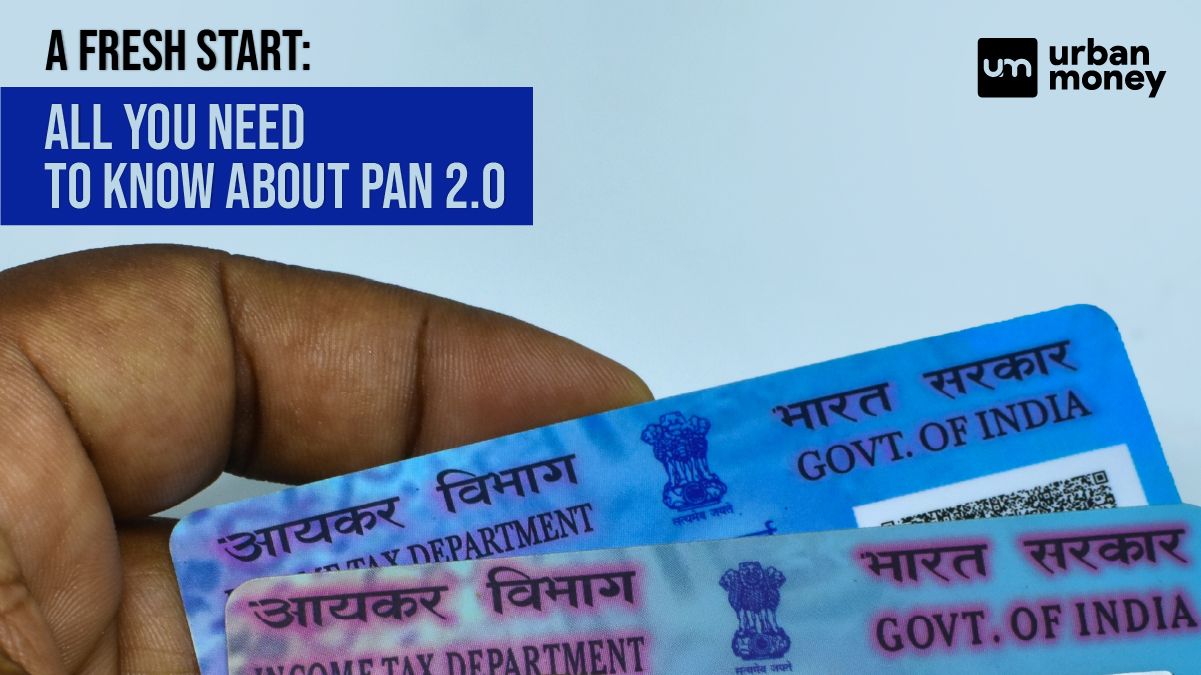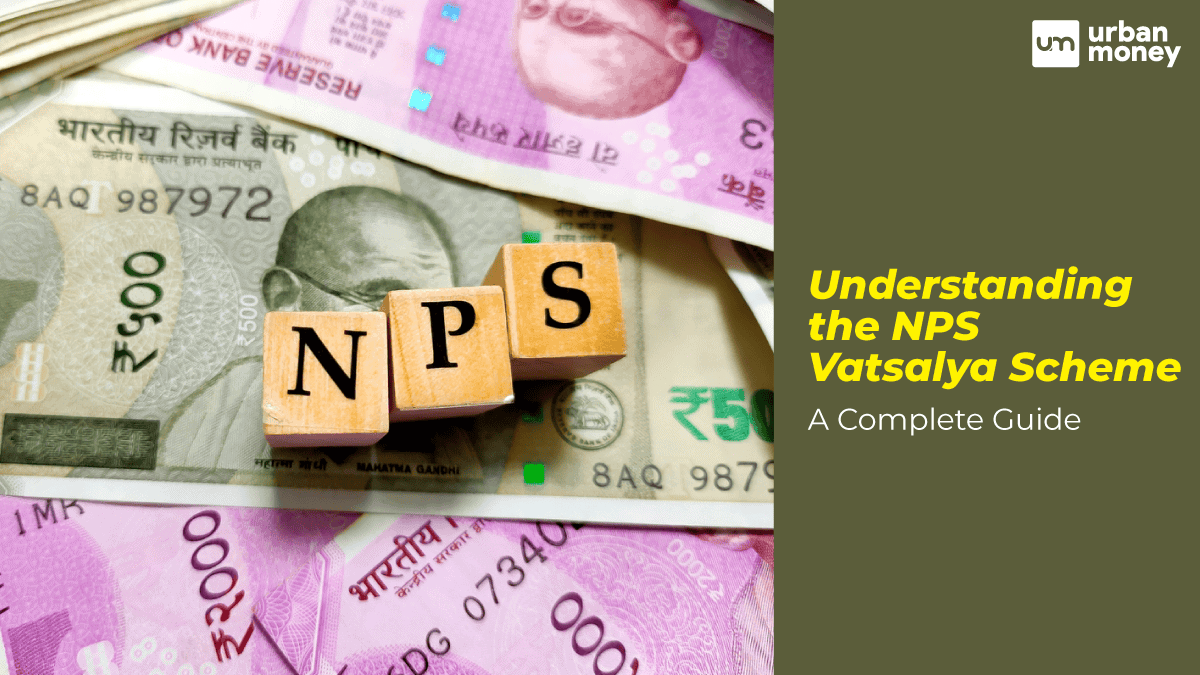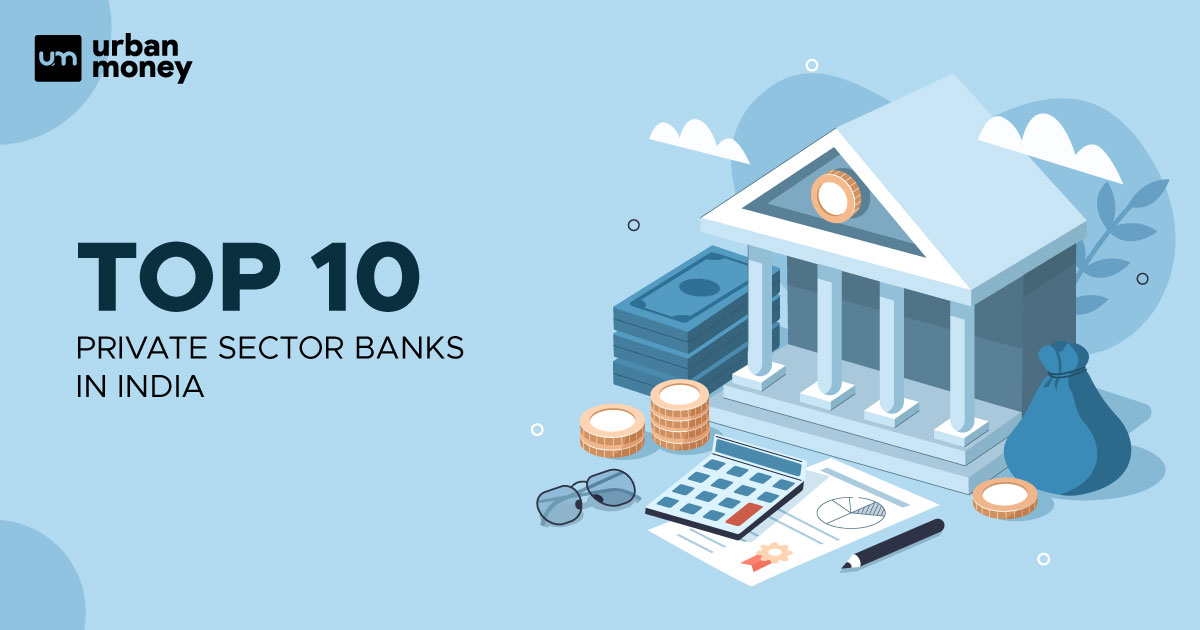Top 10 Best Private Banks in India List 2025
January 09, 2025
Financial News | 25 BPS Repo Rate Cut By RBI Announced in Latest MPC Meeting

February 07, 2025
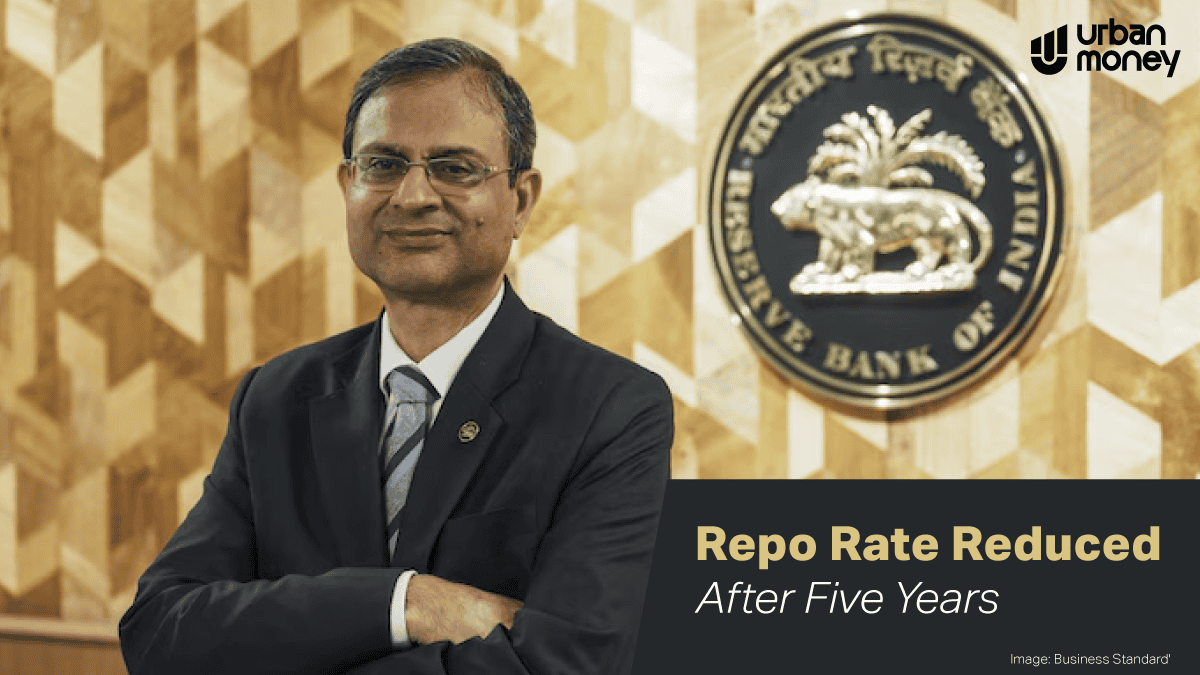

The Reserve Bank of India (RBI) has announced a 25 basis point (bps) cut in the repo rate in its latest Monetary Policy Committee (MPC) meeting on Friday, 7th Feb 2025. The unanimously approved decision brings down the RBI repo rate from 6.50% to 6.25%, marking the first cut in nearly five years since May 2020. Amidst a backdrop of lowering inflation, the much-anticipated move aims to accelerate economic activity and reduce borrowing costs.
Newly appointed RBI Governor Sanjay Malhotra reaffirmed the central bank’s neutral stance, indicating possibilities of future revisions. The improved credit flow achieved through the repo rate cut today will give an impetus to housing, automobiles and MSME sectors. The MPC also discussed several other economic indicators, like reduced growth forecasts for FY 26, global uncertainties and domestic adjustments.
RBI’s latest repo rate cut aligns with the recently announced Union Budget’s vision to enhance consumption and investment-based growth. It is also the first time the rate has changed since February 2023. Find out whether this repo rate cut is good or bad. This blog examines its impact on key sectors like loans, stocks and more.
Table of Contents
ToggleRepo rate refers to the rate at which the RBI lends money to other banks. Any reduction makes it easier for banks to borrow from the RBI and further reduce their interest rates. The ripple effect lowers loan interest rates and incentivises people to spend more. The latest repo rate cut’s impact can be seen across different sectors in the following ways:
Lower interest rates, introduced due to repo rate reduction, boost investment sentiment. Shortly after the repo rate cuts today, benchmarks Sensex and Nifty 50 rose by 120 and 60 points, respectively. However, they soon came down upon lower fiscal growth forecasts. Interest rate cut’s effect on the stock market was led by sectors such as automobiles, real estate and financials.
RBI’s fresh repo rate cuts mean lower EMIs for loans linked to external benchmarks. These include home, personal and automobile loans. The reduction in bank interest rates induced by the latest deduction will translate into lower monthly instalments for borrowers of such loans. For instance, the monthly EMI for a personal loan of 20 lakhs for 5 years at 8% p.a. would amount to a monthly EMI of Rs. 40,553. After the 25 bps repo rate reduction, the interest rate would go down to 7.75% p.a., leading to a lower EMI of Rs.40,314. It is crucial to note that loans with a fixed interest rate will remain unaffected.
The interest rate cut’s impact on gold is expected to be positive. Lower interest rates typically reduce the opportunity costs of holding gold, enhancing its appeal as an investment option. Earlier, MCX Gold rose 0.30% in April in anticipation of a rep rate deduction by the RBI. Additionally, this upward trend is backed by a range of other factors. These include record highs in international gold prices due to geopolitical uncertainties, the weakening rupee, etc.
Following the rate cut, the rupee experienced a slight weakening, trading at 87.47 per U.S. dollar. However, the impact will depend on factors such as RBI’s liquidity policies and external economic conditions. Typically, repo rate cuts lead to rupee depreciation, as decreased interest rates imply reduced foreign investments.
With the latest repo rate cut, borrowers are likely to save a sizeable chunk of money on their home loans in the long run. To put this in perspective, here’s a breakdown of potential savings.
For a home loan of ₹20 lakh for 20 years at a floating rate of 8.75% p.a., the monthly EMI would amount to ₹17,634. After the 25 bps repo rate reduction, the interest rate would decrease to 8.5% p.a., leading to a lower home loan EMI of ₹17,446.
According to experts, home loan borrowers in India could see savings of ₹3,816 on a ₹20 lakh home loan, ₹5,712 on a ₹30 lakh home loan, and ₹9,540 on a ₹50 lakh home loan over a 20-year tenure, based on a pre-cut average median interest rate of 8.75% per annum.
The repo rate cut in February 2025 comes after a long 5-year gap. The central bank announced the last repo rate revision in May 2020. Take a look at the previous five revisions in the table below:
| Date | Rate Cut (bps) | Previous Repo Rate | Revised Repo Rate |
| 7th February 2025 | -25 | 6. 50% | 6.25% |
| 22nd May 2020 | -40 | 4.40% | 4.00% |
| 27th March 2020 | -75 | 5.15% | 4.40% |
| 4th October 2019 | -25 | 5.40% | 5.15% |
| 7th August 2019 | -35 | 5.75% | 5.40% |
Apart from the 25 bps repo rate cut, the MPC meeting held on Friday made several key observations. The GDP growth forecast for the fiscal year 2024-25 was revised to 6.4%, bringing it down from the previous estimate of 7.2%. Factors like geopolitical turbulence and conservative trade policies were key in lowering the growth forecast. The rate revision was made possible due to easing inflating, currently at 5.2%. RBI governor Sanjay Malhotra highlighted that while India’s economic growth will stay below the previous year’s levels, it is still expected to recover significantly.
Following the latest announcement and RBI’s neutral position, experts expect the next round of repo rate cuts by RBI at MPC’s April policy meeting. Reductions in repo rates help boost the slowing economy. RBI’s fresh revision comes against a 5.4% GDP expansion in the last quarter – the weakest in two years. Despite easing inflation, the rupee’s depreciation to a lifetime low against the U.S. dollar also poses significant concerns. A repo rate cut means cheaper borrowing for businesses and consumers, encouraging increased investment and spending amid slowing GDP expansion. As RBI remains vigilant of various market factors, the next few months will be critical in shaping India’s economic path 2025.
Repo rates cut typically positively impact businesses and consumers through reduced interest rates. However, these reductions can backfire to increase inflation if not managed properly.
Repo rate reductions only impact loans' interest rates linked to external benchmarks. This implies that repo rate cuts can reduce floating interest rates while fixed interest rates remain unchanged.
Lower interest rates introduced by repo rate cuts enhance consumer spending and consumption. This may drive up demand, leading to higher inflation in times of supply discrepancies.
Repo rate cuts by RBI typically benefit the real estate sector by making home loans cheaper. It increases housing demand and boosts real estate sales.
Banks may reduce interest rates on savings accounts due to repo rate cuts, making them less attractive to customers.
Repo rate reductions help accelerate slowing economic growth. They make borrowing from banks cheaper, prompting increased investment and consumption.








© 2025 www.urbanmoney.com. All rights reserved.

Need Loan Assistance?

Thank you for showing your interest. Our agent will get in touch with you soon.






